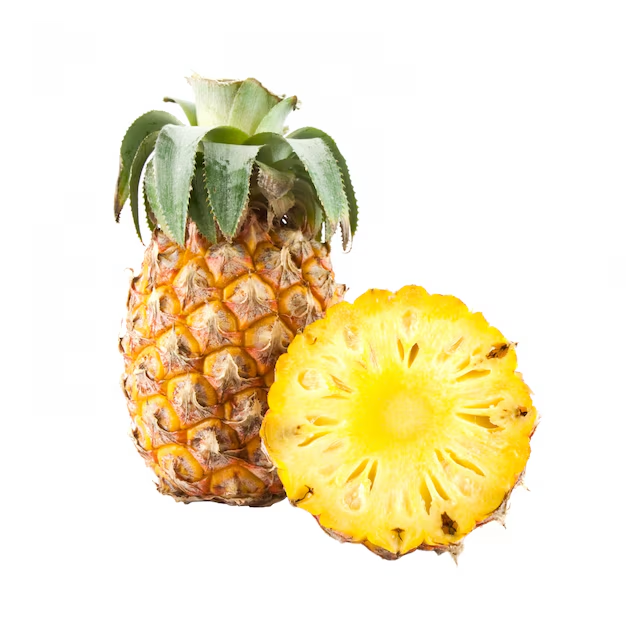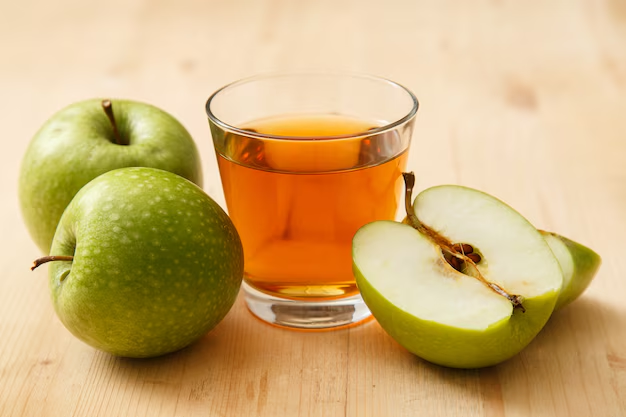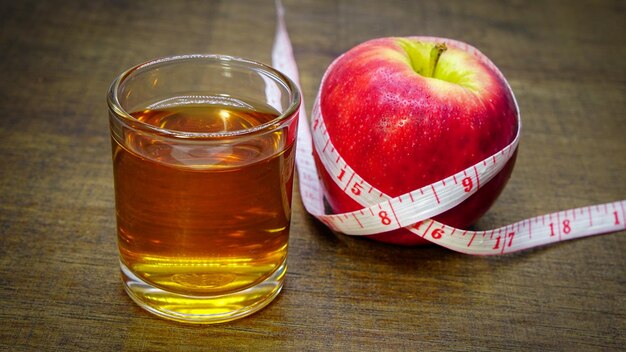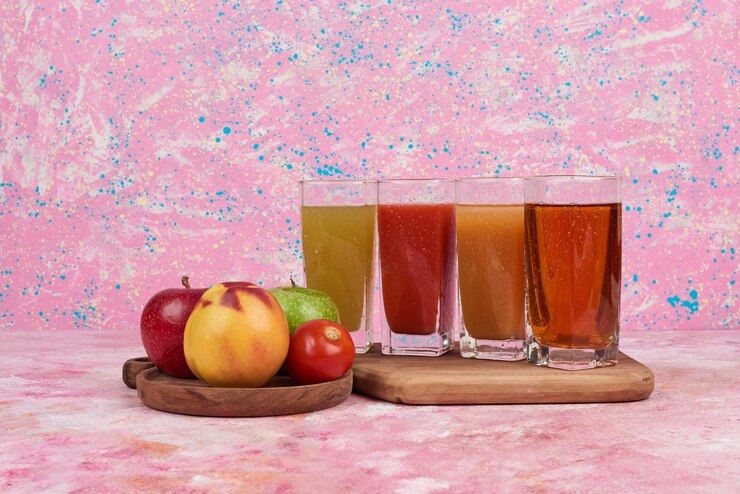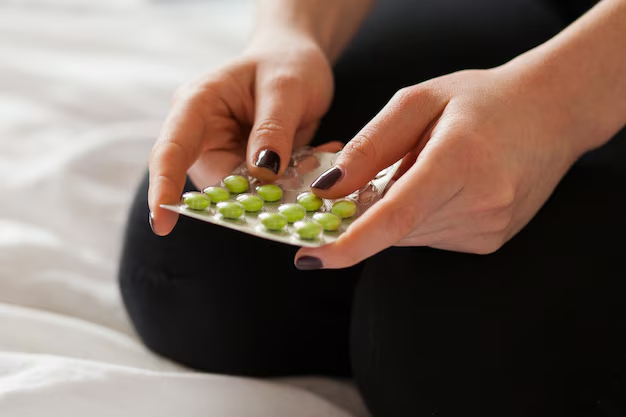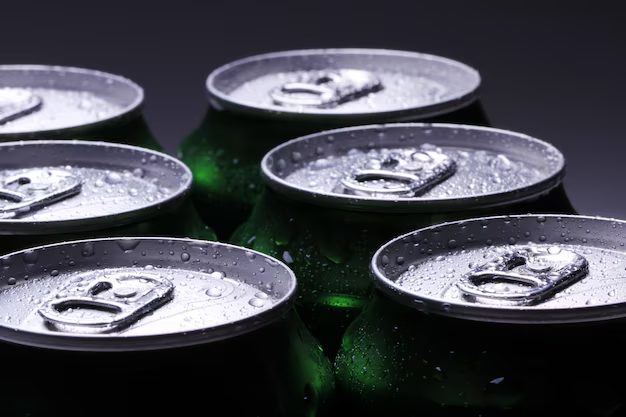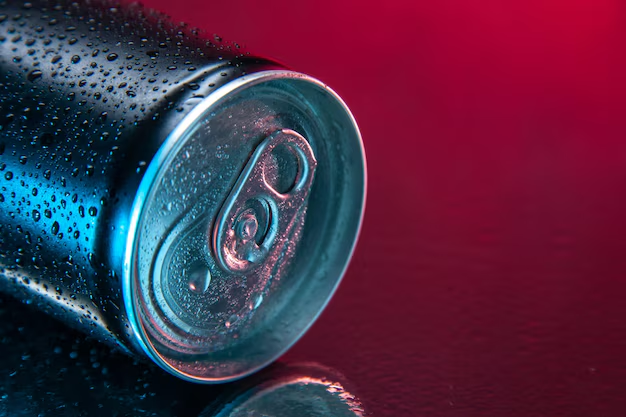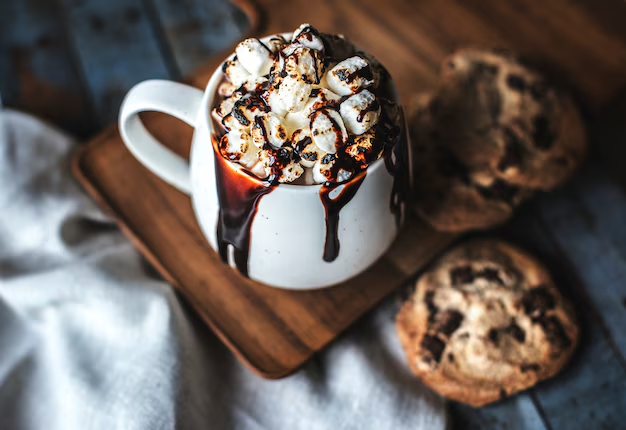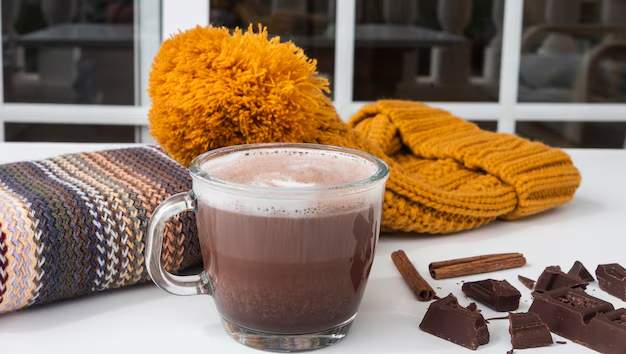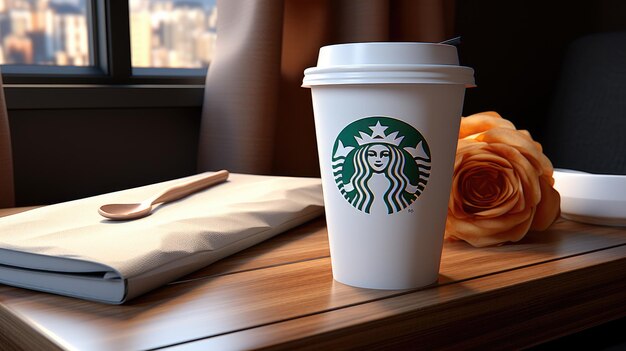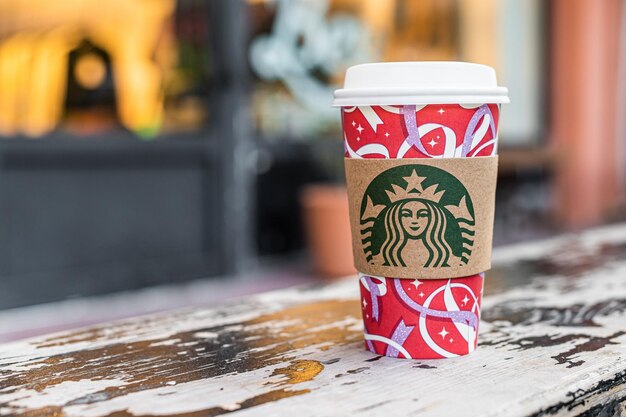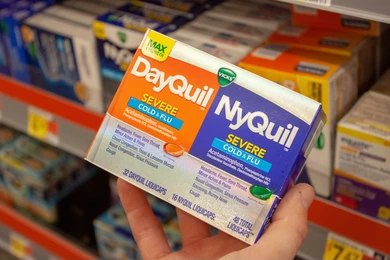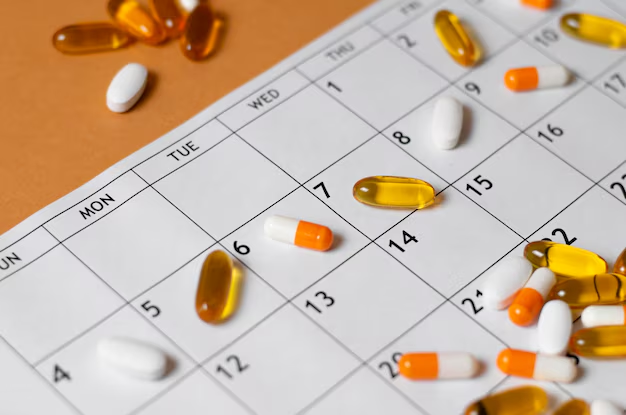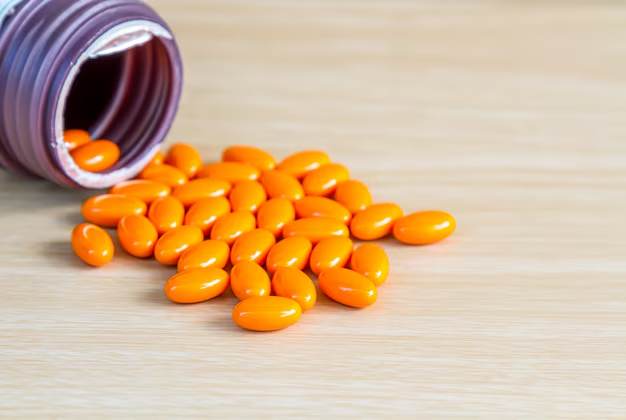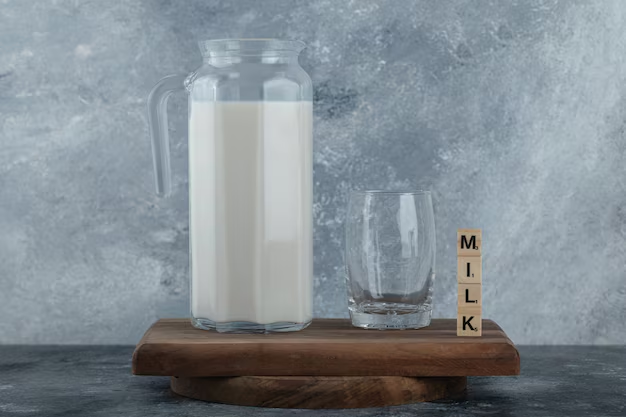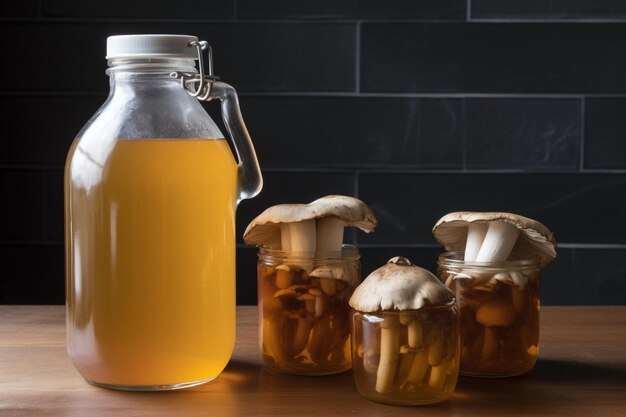Pineapple is a popular fruit enjoyed worldwide for its sweet and tangy flavor. Yet, many wonder, is pineapple a citrus fruit? While its taste shares similarities with citrus fruits, pineapple belongs to a different botanical family. This confusion arises from its tropical origin and high vitamin C content. In this article, we’ll clarify what makes a fruit “citrus,” explain pineapple’s unique classification, and explore its health benefits.
What is a Citrus Fruit?
Citrus fruits are a specific group of fruits from the botanical family Rutaceae. They are known for their juicy flesh, tangy flavor, and high vitamin C content.
Common Examples of Citrus Fruits
Some of the most recognizable citrus fruits include:
- Oranges: Known for their sweet and refreshing flavor.
- Lemons: Popular for their tartness and culinary versatility.
- Limes: Small, green fruits with a sharp tang.
- Grapefruits: Larger citrus fruits with a bittersweet taste.
Citrus fruits typically grow on flowering trees or shrubs in subtropical climates. They have a characteristic thick, leathery rind and segmented interior. Pineapple, despite its flavor, does not belong to this group.
What Kind of Fruit is Pineapple?
Pineapple is a tropical fruit from the botanical family Bromeliaceae. Unlike citrus fruits, it is not part of the Rutaceae family.
Origin of Pineapple
Pineapple originated in South America, specifically in regions like Brazil and Paraguay. Indigenous peoples cultivated it for its sweetness and nutritional value. Today, it is grown in tropical climates worldwide.
Unique Botanical Characteristics
Pineapple is a multiple fruit, meaning it forms from the fusion of multiple flowers on a single stem. This gives it its spiky appearance and dense, fibrous core. Unlike citrus fruits that grow on trees, pineapples grow on low-lying plants, known as bromeliads.
Citrus vs. Tropical Fruits
The key difference lies in their botanical families and growth habits:
- Citrus fruits grow on trees or shrubs and have segmented interiors.
- Tropical fruits like pineapple grow on herbaceous plants and have a solid flesh structure.
Despite these differences, their flavors share some similarities, which often causes confusion.
Pineapple vs. Citrus: A Side-by-Side Comparison
Let’s break down how pineapple and citrus fruits compare in taste, nutrients, and cultivation.
Taste Profile
Both pineapples and citrus fruits are loved for their sweet and tangy flavors. However:
- Pineapple: Its sweetness is more pronounced, with a tropical undertone.
- Citrus Fruits: These often have a stronger acidic taste, especially lemons and limes.
The overlapping flavor profiles can make them seem related, but their differences become clear upon closer examination.
Nutritional Content
Both fruit types are rich in nutrients, but they have distinct compositions:
| Nutrient | Pineapple | Citrus Fruits |
| Vitamin C | High levels (78.9 mg per cup) | Very high (varies by fruit) |
| Calories | Moderate (82 kcal per cup) | Lower in most citrus |
| Fiber | 2.3 g per cup | Varies, but often lower |
| Enzymes | Contains bromelain | No significant enzymes |
While both are great sources of vitamin C, pineapple offers additional digestive benefits due to bromelain, an enzyme unique to the fruit.
Growth and Cultivation
- Pineapples grow on bromeliads in tropical climates. Each plant produces a single fruit at a time.
- Citrus fruits grow on trees in subtropical regions, often yielding multiple fruits per tree.
These differences in growth further emphasize their unique classifications.
Health Benefits of Pineapple
Pineapple isn’t just delicious—it’s packed with health benefits that make it a nutritional powerhouse.

Rich in Vitamin C
Like citrus fruits, pineapple is an excellent source of vitamin C, which supports:
- Immune system function.
- Collagen production for healthy skin and tissues.
- Antioxidant activity to combat free radicals.
Anti-inflammatory Properties
Pineapple contains bromelain, an enzyme with powerful anti-inflammatory effects. Bromelain is often used to reduce swelling, ease pain, and promote healing after injuries or surgeries.
Digestive Support
Bromelain also aids protein digestion, making it beneficial for those with digestive issues. Including pineapple in your diet can support a healthy gut.
Immunity Boost
Pineapple’s antioxidants, including vitamin C and flavonoids, help strengthen the immune system. Regular consumption may reduce the risk of infections and illnesses.
To Read: Is Orange Juice Good for the Immune System?
Why is Pineapple Often Confused with Citrus Fruits?
The misconception about pineapple being a citrus fruit largely stems from its flavor and culinary use. However, understanding the key differences can help dispel these myths.
Shared Tropical Flavor Profile
Both pineapples and citrus fruits share a sweet, tangy flavor that adds brightness to dishes. This flavor profile is why they’re often paired together in recipes. Drinks, desserts, and even savory dishes use these fruits to enhance taste, leading to their perceived similarity.
Culinary Pairings
Pineapple is frequently paired with citrus fruits like oranges or limes in smoothies, marinades, and cocktails. This combination enhances the zesty, tropical notes, reinforcing the idea that pineapple might belong to the citrus family. However, the pairing is more about complementing flavors than shared biology.
Acidity and Citric Acid Content
One key reason for the confusion is acidity. Citrus fruits are rich in citric acid, which gives them their tartness and acts as a natural preservative. Pineapple, while tangy, contains malic acid as its primary acid, not citric acid. This difference explains why pineapple’s tartness feels different and why it doesn’t technically belong to the citrus group.
Pineapple Nutrition Facts
Pineapple is not just delicious; it’s also incredibly nutritious. Let’s take a closer look at its nutritional profile and health benefits.
Calories and Macronutrients
Pineapple is a low-calorie fruit, making it ideal for healthy eating:
- Calories: 82 per cup (165 grams)
- Carbohydrates: 21.6 grams
- Protein: 0.9 grams
- Fat: 0.2 grams
Fiber Content
Pineapple provides about 2.3 grams of dietary fiber per cup, aiding digestion and supporting gut health. Fiber helps regulate blood sugar and promotes a feeling of fullness, which can assist in weight management.
Vitamins and Minerals
Pineapple is packed with essential nutrients:
- Vitamin C: Boosts immunity, supports skin health, and acts as a powerful antioxidant.
- Manganese: Strengthens bones and supports metabolic processes.
- Vitamin B6: Helps in brain development and red blood cell production.
- Potassium: Regulates blood pressure and fluid balance.
Health Benefits
- Weight Loss: Low in calories and high in water content, pineapple makes a satisfying, guilt-free snack.
- Digestive Health: Bromelain, a natural enzyme in pineapple, aids in breaking down proteins and improving digestion.
- Bone Health: Manganese plays a vital role in strengthening bones and preventing osteoporosis.
Incorporating pineapple into a balanced diet can enhance overall health and well-being.
Culinary Uses of Pineapple
Pineapple’s versatility in the kitchen is unmatched. Its sweet and tangy flavor makes it a favorite in both sweet and savory dishes.
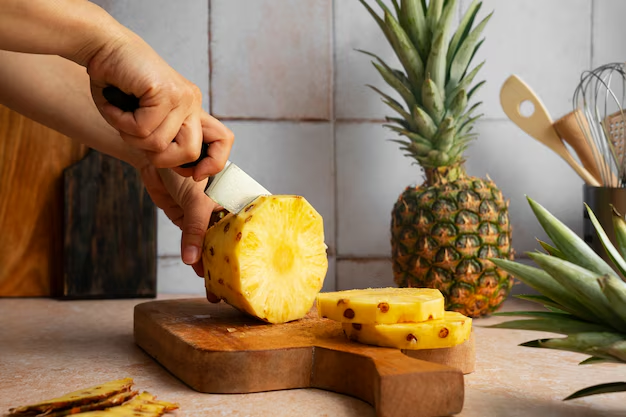
Popular Sweet Recipes
- Pineapple Upside-Down Cake: A classic dessert showcasing caramelized pineapple rings.
- Smoothies: Blended with bananas, yogurt, and citrus fruits for a refreshing drink.
- Fruit Salads: Adds a tropical twist to mixed fruit medleys.
Savory Applications
- Grilled Pineapple: Perfect as a side dish or topping for burgers and tacos.
- Hawaiian Pizza: Combines pineapple with ham or bacon for a unique flavor.
- Stir-Fry: Adds sweetness to chicken or shrimp dishes, balancing savory flavors.
Pairings with Citrus Fruits
Pineapple pairs exceptionally well with citrus fruits like oranges, limes, and grapefruits. This combination is common in:
- Cocktails: Margaritas, piña coladas, and tropical punches.
- Marinades: Lime and pineapple juice tenderize meats while enhancing flavor.
- Desserts: Citrus zests are often added to pineapple-based treats for an extra zing.
These pairings amplify pineapple’s tropical profile while showcasing its compatibility with citrus.
To Read: Pineapple Filling For Cake Recipe
FAQs
Why do people think pineapple is a citrus fruit?
The confusion arises from pineapple’s tangy flavor, similar to citrus fruits like oranges or lemons. However, pineapple contains malic acid, not citric acid, and belongs to the Bromeliaceae family, not Rutaceae.
What makes pineapple different from citrus fruits?
Pineapple grows on low-lying plants called bromeliads, while citrus fruits grow on trees. Pineapple also contains bromelain, a unique enzyme, and malic acid instead of citric acid.
Can pineapple replace citrus fruits in recipes?
Yes, pineapple can replace citrus fruits in many recipes due to its tangy flavor. However, its sweetness and texture differ, which may slightly alter the dish.
Does pineapple have more vitamin C than citrus fruits?
Pineapple is rich in vitamin C, but citrus fruits like oranges and lemons typically have higher levels. Both are excellent sources of this essential nutrient.
Is pineapple good for weight loss?
Yes, pineapple is low in calories and high in water and fiber, making it a satisfying, weight-loss-friendly snack. Its natural enzymes also aid digestion.
Conclusion
Although pineapple and citrus fruits share some similarities, they belong to entirely different botanical families. Pineapple is a tropical fruit from the Bromeliaceae family, while citrus fruits come from the Rutaceae family. Their growth habits, nutritional profiles, and health benefits highlight their unique identities.
Pineapple stands out for its rich vitamin C content, bromelain’s anti-inflammatory properties, and digestive support. While it’s not a citrus fruit, its versatility and health benefits make it a valuable addition to any diet. Next time someone asks, is pineapple a citrus fruit?, you’ll have all the facts to clear up the confusion.

